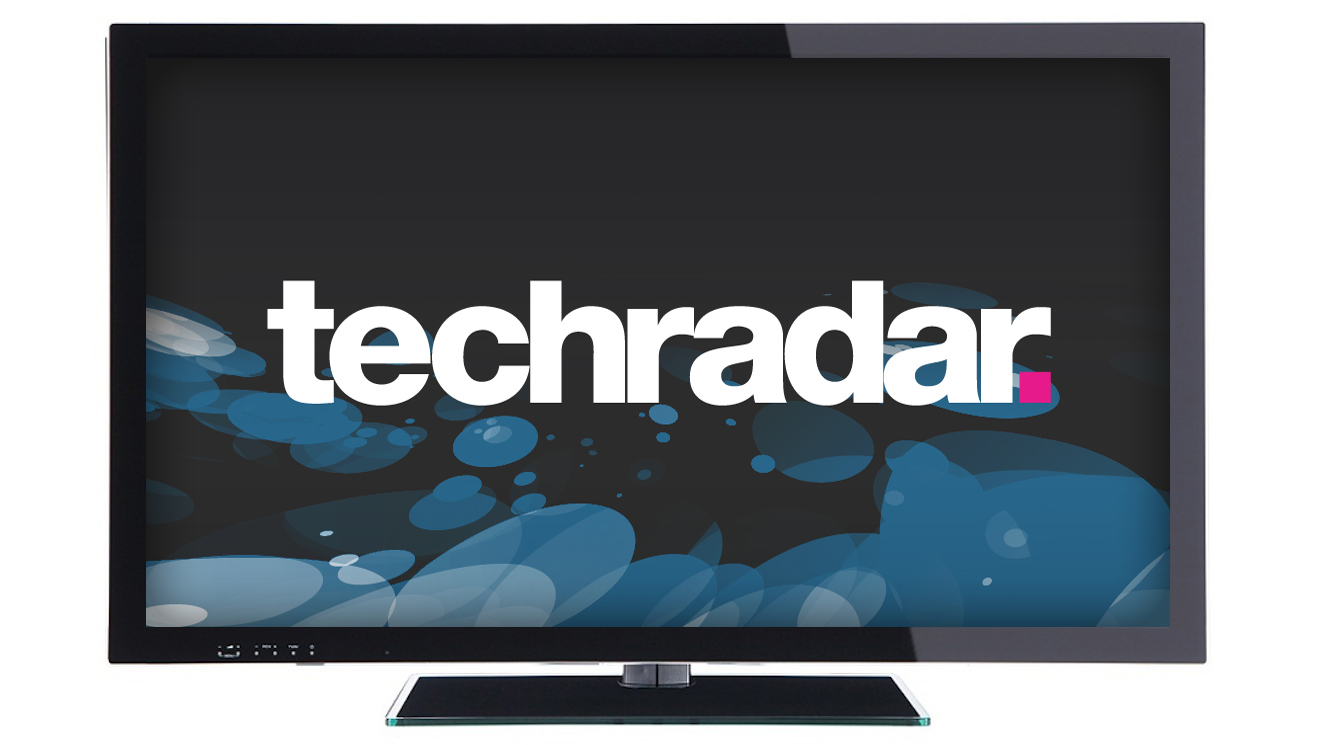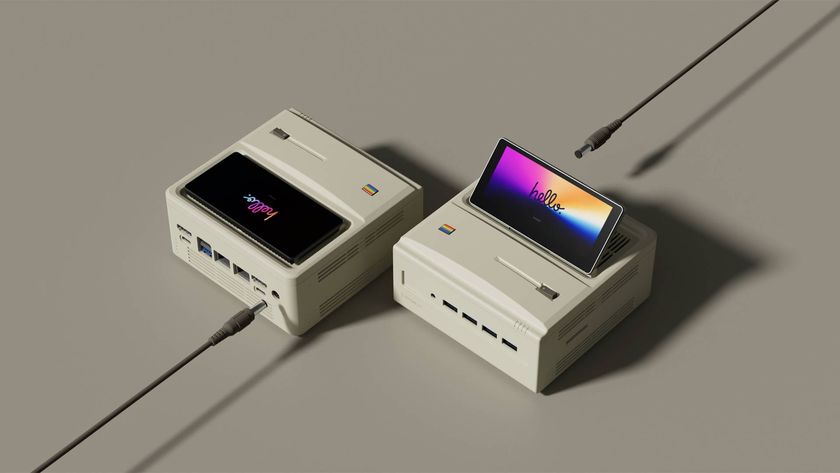Why you can trust TechRadar
Although you might think that the Finlux 40S8070-T is aimed at living rooms looking for a basic big screen TV, it actually excels with the likes of Blu-ray while struggling with digital TV and DVDs.
Although not the sharpest HD detail we've ever seen, our Blu-ray test disc Hugo was free from both blur and judder (the 100Hz mode really does its job), but a standard definition broadcast of Homes Under The Hammer on BBC One looked soft and unstable.
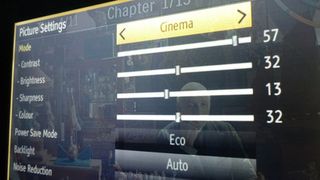
There is some basic noise reduction software, but it doesn't help - if anything, it makes the picture less watchable by introducing a slight wobble. The same goes for DVDs.
Colour in general is good, though peak whites do suffer from haloing and a little glare. The latter is obvious in the opening sequences of Hugo as the camera weeps across Paris and into the train station.
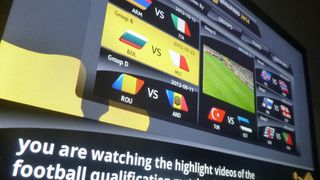
It's a challenging shot for a TV to display accurately and smoothly, but the Finlux 40S8070-T does a pretty good job. Smoothness, in particular, is obvious and the detail remains remarkably intact with no detection of judder.
That's with Movie Sense switched on in its medium power mode. This film interpolation tech proves a key feature; engaged on high power it does introduce some artefacts around fast-moving objects, but the video-like fluidity it brings to Blu-ray discs even on its lowest setting shouldn't be missed.
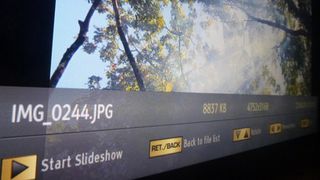
However, black response is pretty average, with dark areas of the picture tending to fade into each other - and it's best to completely avoid the HDMI TruBlack option, which immediately increases clouding and decreases both shadow detail and the intensity of black.
If you are planning to regularly watch the Finlux 40S8070-T in a blackout, know that there is some LED light leakage from the bottom-right corner and upper sections of the panel as well as an overall blotchy look across the middle.
This isn't unusual on budget LED-backlit LCD panels, and in everyday use you probably won't notice it.
Jamie is a freelance tech, travel and space journalist based in the UK. He’s been writing regularly for Techradar since it was launched in 2008 and also writes regularly for Forbes, The Telegraph, the South China Morning Post, Sky & Telescope and the Sky At Night magazine as well as other Future titles T3, Digital Camera World, All About Space and Space.com. He also edits two of his own websites, TravGear.com and WhenIsTheNextEclipse.com that reflect his obsession with travel gear and solar eclipse travel. He is the author of A Stargazing Program For Beginners (Springer, 2015),
